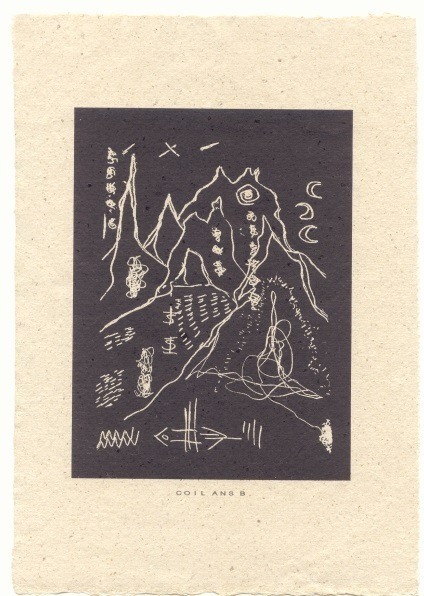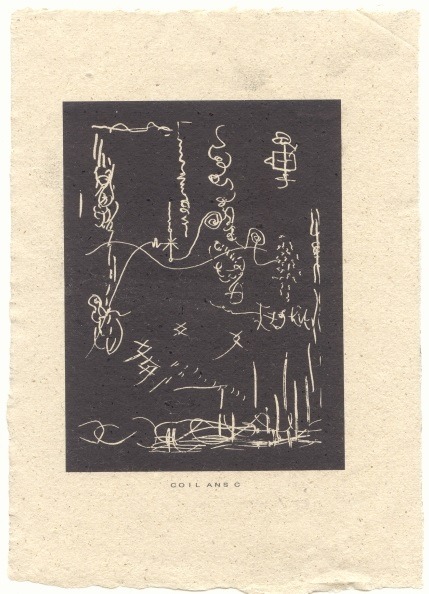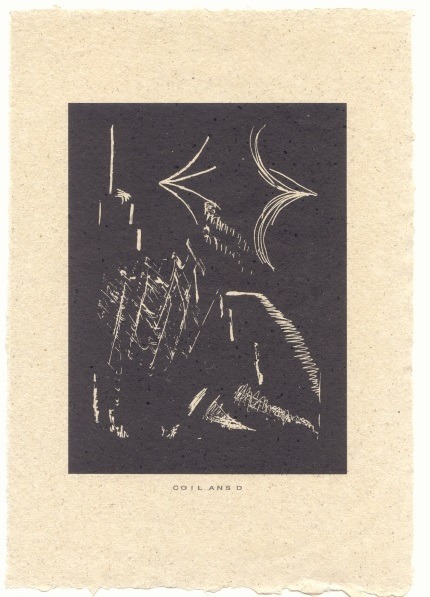#Eduard Artemyev
Text
youtube
8 notes
·
View notes
Photo

RIP Eduard Nikolayevich Artemyev
140 notes
·
View notes
Text

Eduard Artemyev, Natalya Bondarchuk, and Andrei Tarkovsky on the set of Solaris, 1971.
76 notes
·
View notes
Text
Eduard Artemyev (1937-2022)
youtube
9 notes
·
View notes
Text
youtube
0 notes
Video
youtube
1 note
·
View note
Text
YS - Loops For Eduard Artemyev (2019, Invisible Animals)
IA009

#ys#ysloops#loops#yrii samoilove#invisible animals#sound collage#psychdelic#electronic#hip hop#abstract#abstract hip hop#beats#contemporary art#modern art#modern classical#eduard artemyev#ambient#plunderphonics#sampledelia#space punk#tape music#cassette#Bandcamp
0 notes
Video
youtube
Eduard Artemyev - Solaris, The Mirror, Stalker
0 notes
Text





another day another chance to check in for the shift.
#ever since i was a kid i wanted to be a chernenkoite#*big eduard artemyev synth intro jingle and camera zoom*#pic
3 notes
·
View notes
Text
If you find this familiar, you probably heard PPK's "ResuRection", a 1999 trance rendition of this theme.
72 notes
·
View notes
Text
I wanna write up a little bit for each track on the new album. First track is Oh Boy, embedded below.
As music written for the opening of a Disco Hamlet play, I wanted the track to open with an EXTREME 70s sound. I liked the idea having a whooshing synthesizer chord with the filter opening up, getting thicker and fuller. I used an old soviet string synth because it uses the same tech as the 70s string sounds like on I Feel Love, which was a big inspiration here.
I like that it sounds like being transported into a different time and place - I love that theatre can create new worlds and I loved the idea of having a clear cue the play was beginning. And the sound itself kind of reminds me of the soundtrack to Stalker, which always had a cool otherworldly vibe for me.
The melody came to me on a walk, I hummed it into my phone then played it on guitar. I arranged the chords afterwards to match the movement, and then I arranged a few versions - a disco backbeat version that later became the reprise, a pure orchestral one, and a synth/guitar duet.
In the end the synth/guitar arrangement and the orchestral parts were what stuck and so this short introduction to the album was born. Plenty of people have heard this but despite 20 000 streams counted for the album already from the singles no one has actually streamed this track yet which is giving me anxiety so please SOMEBODY put this on, it's good background music.
💖💖💖💖
ps if you want me to get deeper into the nuts and bolts of the music, like how I used suspensions in the orchestral parts to exaggerate the sense of space, or how the use of genre is intentionally
#music#indie rock#lady charles#soundtrack music#Oh Boy!#Artemiev#I Feel Love#Donna Summer#Tarkovsky#Shakespeare soundtrack#Spotify
6 notes
·
View notes
Text
youtube
r.i.p. Eduard Artemyev
2 notes
·
View notes
Note
https://open.spotify.com/track/2qCrbfHAIlBAFiKURQMYFa?si=6-uv-7CXR2asBiErj2G-bQ&context=spotify%3Aplaylist%3A37i9dQZF1EpspymTbzBzzE
!
i love this do u have more like it anon?
2 notes
·
View notes
Text
on Coil's ANS (2004)
from “Out of Time, Out of Place, Out of Spite”: Light and Music of Coil and Skryabin by me
The ANS is believed to be one of the first electronic synthesizers in history. It was created in 1957 by a Moscow State University engineer Yevgeny Murzin. The optic disc of the machine contained 144 sounds that came to simultaneous resonance, producing spectral sounds rather than sound waves.[1] Among the composers who worked with the instrument are Alfred Schnittke, Sofia Gubaidulina, and Eduard Artemyev, a Russian composer famous for his extensive collaboration with Tarkovsky.[2] The son of Eduard Artemyev, Artemiy, describes the machine in a letter: “Please, try to imagine a score sounding by itself without a conductor, [without an] orchestra [and] even without musical instruments. This magic is possible by using [the] musical synthesizer ANS. The ANS is an instrument with which a composer cannot only create but even draw his music without notes and orchestra.”[3] The process of music creation here is described as writing with light in a miraculous process of drawing the music rather than playing it.




The Coil’s box set ANS, which was first published in September 2004 by Threshold House, is made entirely on the ANS machine. They were accompanied with limited edition prints that allow us to glimpse into the way visual “scores” that were fed into the ANS looked like. The sounds we hear on the box set are not necessarily composed, as they do not follow any particular musical pattern — only a visual pattern of a graphic card that went into the synthesizer. In this way, music on ANS is spectral in how the music is generated, as it does not necessitate the presence of a composer — by itself, it can translate figments of images into musical phantoms.
[1] Andrey Smirnov and Lyubov Pchelkina, “Russian Pioneers of Sound Art in the 1920s,” in Red Cavalry: Creation and Power in Soviet Russia between 1917 and 1945 (Madrid: La Casa Encendida, 2011), 12.
[2] Smirnov and Pchelkina, 13.
[3] Martin Alejandro Fumarola, “The Russian ANS Synthesizer, Another Early Electronic Instrument,” Computer Music Journal 21, no. 2 (1997): 4.
4 notes
·
View notes
